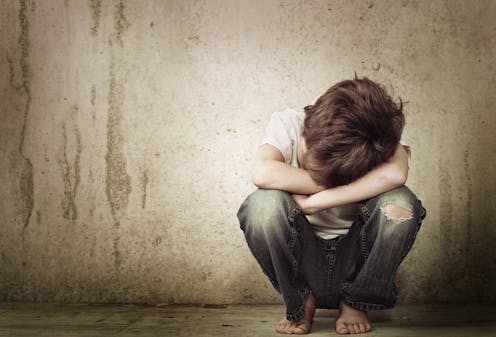Shannon Burns' Childhood is a story of disconnection, neglect, violence and poverty
- Written by Brigid Magner, Senior Lecturer in Literary Studies, RMIT University

Shannon Burns’ memoir Childhood begins with an epigraph from Leo Tolstoy’s book of the same name:
The happy unrecoverable days of childhood! How could I not love, not cherish its memories? They have lifted up and refreshed my soul and served as the source of its finest pleasures.
The South Australian suburban childhood explored in this memoir is far from idyllic. Burns’ early life was one of disconnection, neglect, violence and poverty.
Review: Childhood – Shannon Burns (Text Publishing).
When he started writing Childhood, Burns was a literary critic and writer, who had taught at university for a decade. He had been experimenting with memoir for a while. Earlier versions of sections of this book have been published in various periodicals.





